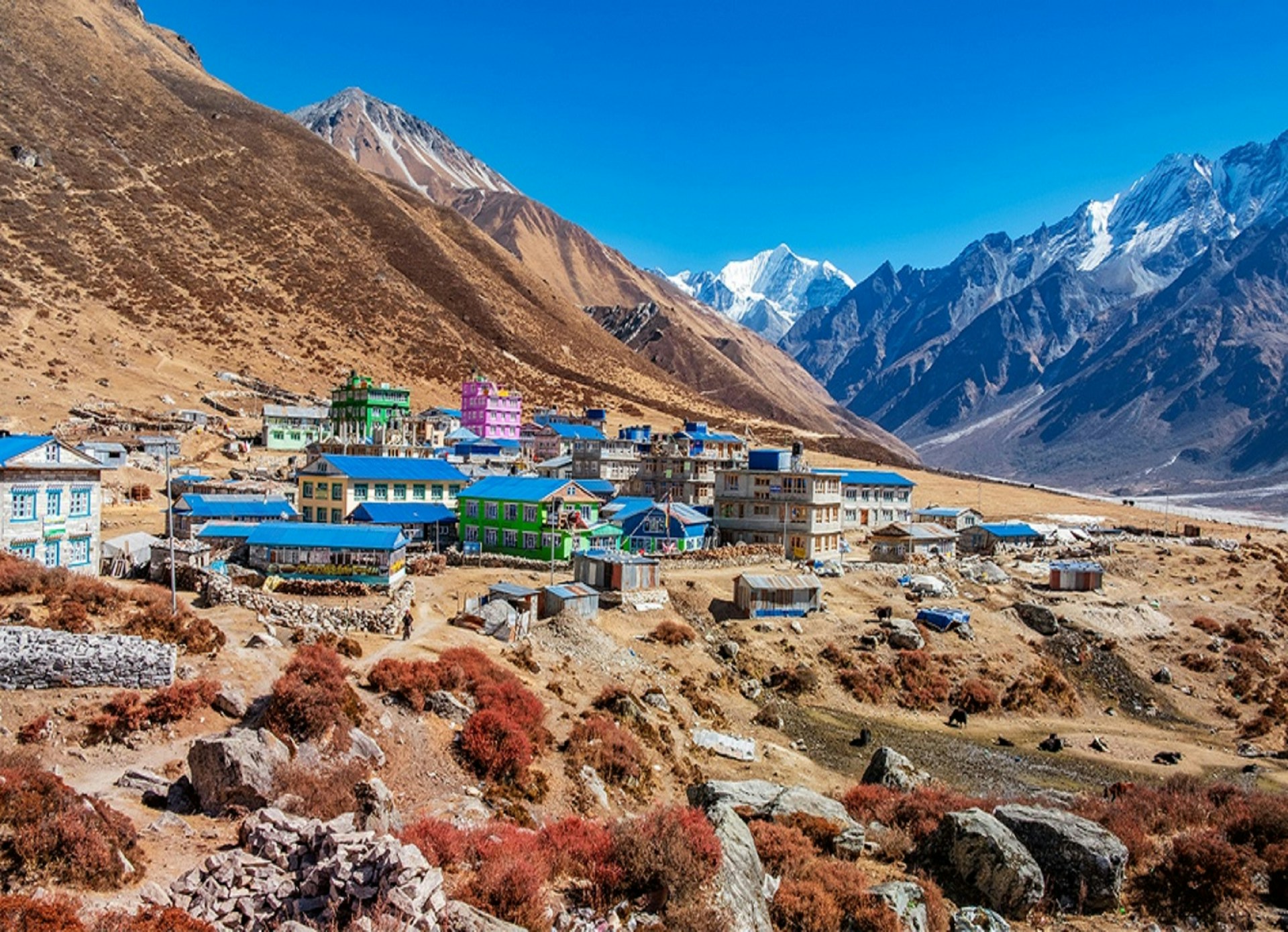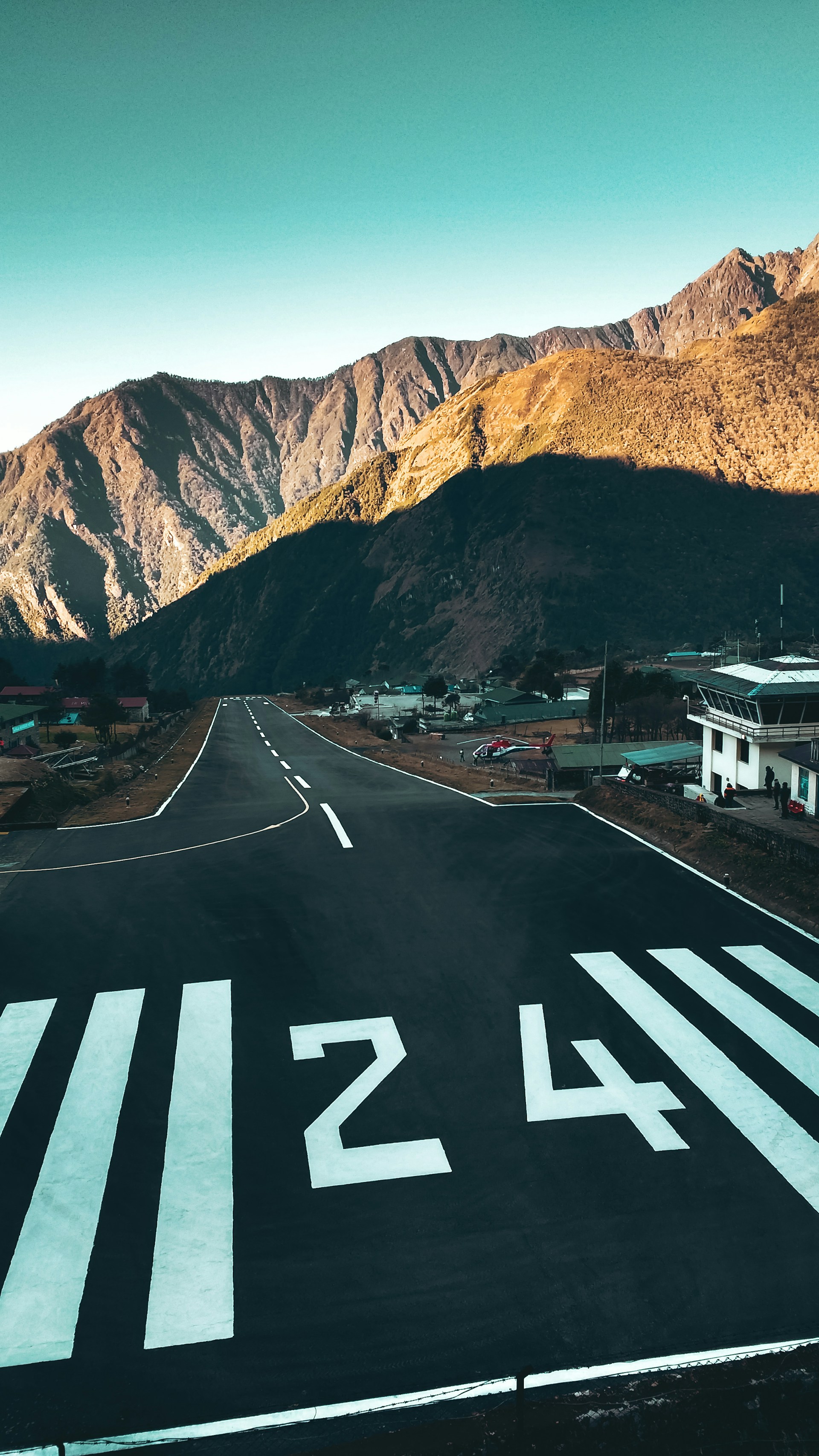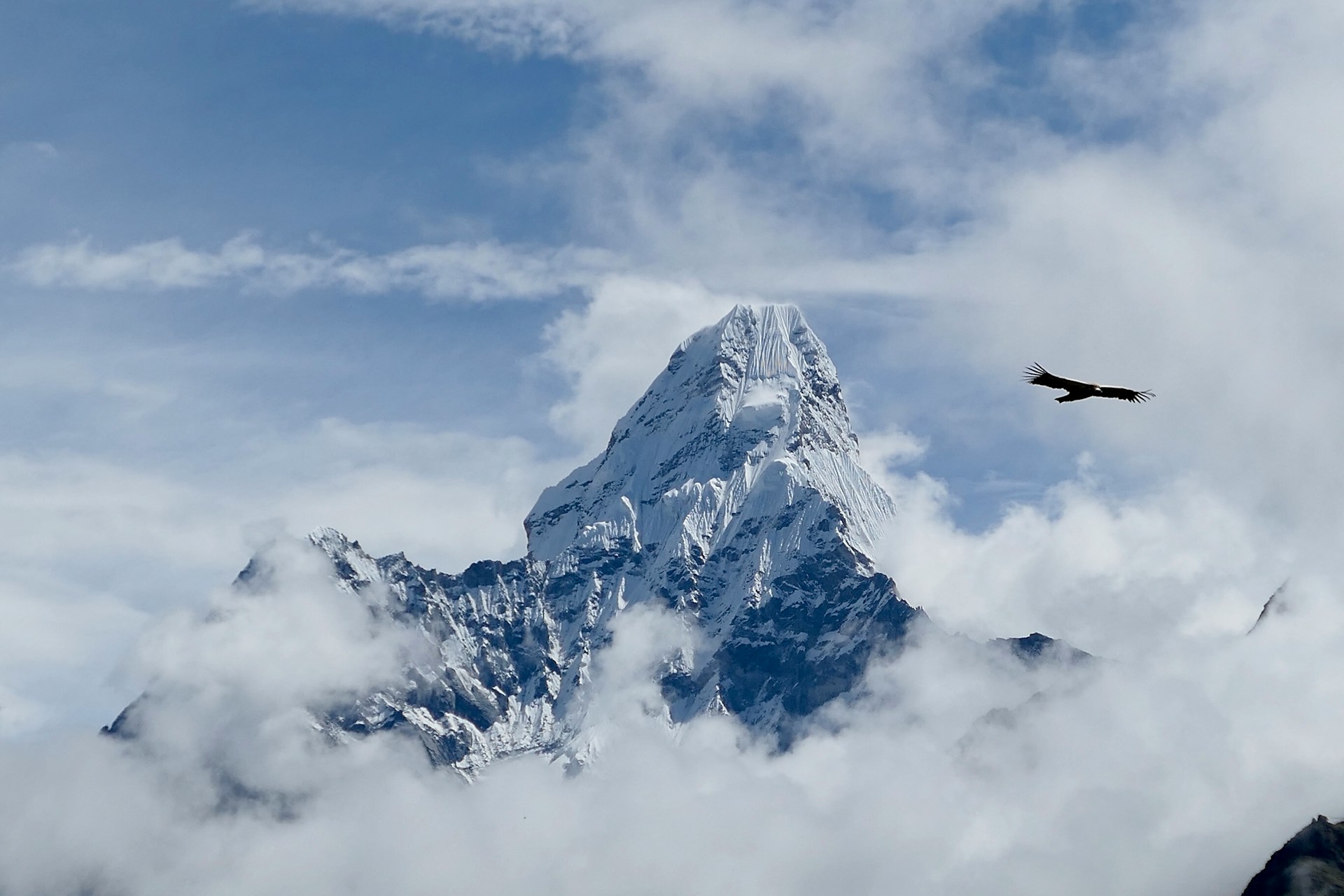Annapurna Peak IV
Annapurna IV, the fourth-highest peak in the Annapurna region, presents a remarkable blend of rugged terrain and breathtaking beauty. This majestic mountain was first climbed in 1955 by a German expedition, marking a significant achievement in the history of Himalayan mountaineering.
Standing at an impressive height, Annapurna IV draws the attention of nature lovers, trekkers, adventurers, and mountaineers from all over the world. Its challenging and rugged landscape offers a unique and rewarding experience for those who venture into its remote wilderness.
The mountain's rugged terrain is characterized by steep slopes, rocky outcrops, and icy ridges, creating a formidable challenge for climbers. Despite its difficulties, Annapurna IV rewards those who attempt its ascent with stunning views of the surrounding peaks and valleys. The beauty of the area is both awe-inspiring and humbling, providing climbers with an unforgettable experience amidst the grandeur of the Himalayas.
In this article, we will delve deeper into the features of Annapurna IV, exploring what makes this peak so special. We’ll look at its climbing history, the challenges it presents, and the reasons why it continues to attract adventurers from around the globe. Whether you are an experienced mountaineer or someone looking to learn more about this majestic peak, Annapurna IV offers a captivating glimpse into one of the most beautiful and challenging areas of the Himalayas.
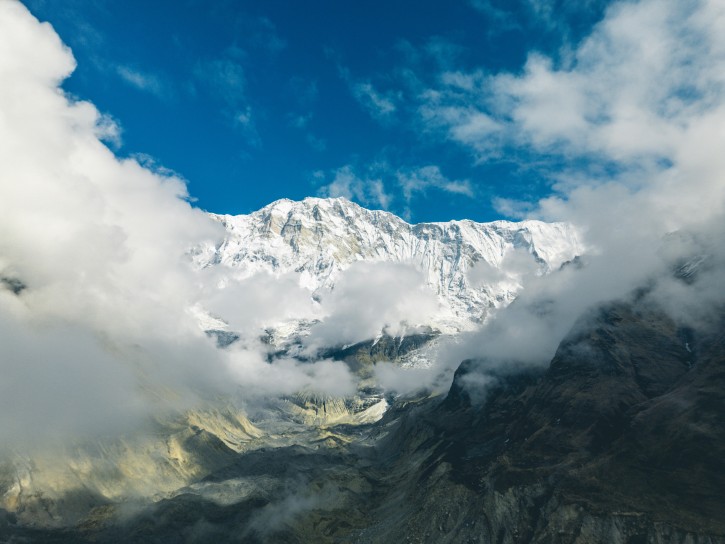
Discover the serene beauty of a snowy mountain peak gently embraced by light clouds. A perfect view for nature lovers and trekkers alike.
Geological and Geographical Overview of Annapurna IV
Annapurna IV presents a fascinating and formidable geological and geographical profile. Located in northern central Nepal, this peak is part of the Annapurna subrange of the Himalayas. Its rugged features include steep ridges, icy glaciers, and rocky slopes, making it a challenging yet enticing destination for adventurers.
The peak stands at an elevation of 7,525 meters (24,688 feet) and offers stunning panoramic views of the surrounding valleys and neighboring peaks. To the west of Annapurna IV is Annapurna II, which rises to 7,937 meters, while Annapurna III lies to the east at 7,555 meters.
Annapurna IV's prominence is 255 meters (837 feet), and it is isolated by 3.81 kilometers (2.37 miles) from other peaks. Classified with a difficulty grade of TD+/4, the mountain is known for its technical challenges. Situated in the Humde area of the Manang District, Annapurna IV's breathtaking views and rugged terrain continue to attract climbers from around the world.
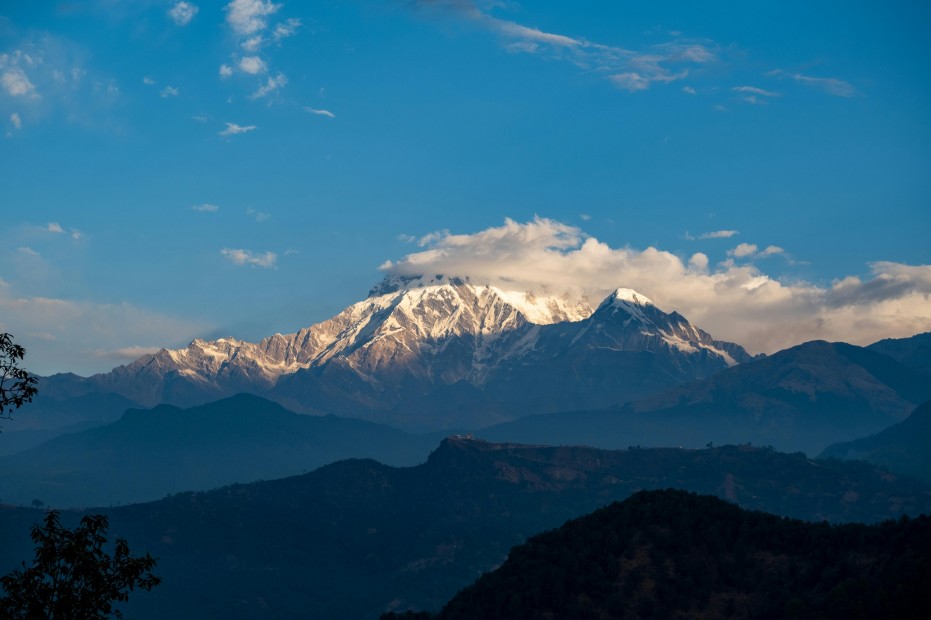
Witness the breathtaking beauty of sun rays gently touching the peak of a snowy mountain. A serene and magical moment that highlights nature's grandeur.
History of Annapurna IV Expeditions
Annapurna IV has a rich history in mountaineering. The excitement around this peak started in the 1950s, a golden era for Himalayan climbing. In 1950, a French team led by Maurice Herzog made headlines by reaching the summit of Annapurna I, the highest peak in the Annapurna range. This climb was the first successful ascent of any peak over 8,000 meters, drawing global attention to the region.
In 1955, a German expedition led by Heinz Steinmetz achieved the first ascent of Annapurna IV. This marked an important milestone for the mountain. Later, in May 1960, climbers from Britain, India, and Nepal reached the summit of Annapurna II. Annapurna III followed in 1961, when an Indian team made it to the top.
Although Annapurna IV is not as well-known as some of its neighboring peaks, it has attracted many climbers over the years. Each successful expedition has added to its legacy, showcasing the skill and determination required to conquer its challenging terrain. Annapurna IV remains an important part of the history of Himalayan climbing.
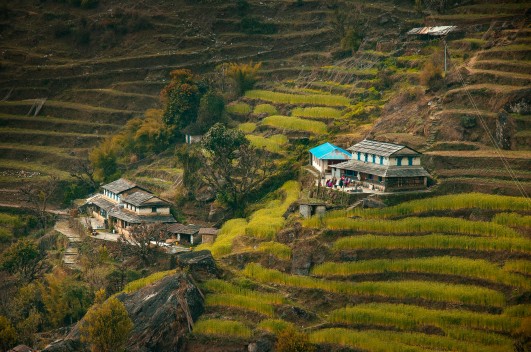
Enjoy the serene beauty of lush green hills with picturesque houses nestled within. A tranquil and captivating view of nature’s charm, offering a perfect escape from city life.
Best Season for the Annapurna IV Expedition
For those planning to climb Annapurna IV, the best times to visit are during the spring and autumn seasons. Spring, which includes March, April, and May, and autumn, which covers September, October, and November, offer the most favorable conditions for climbing and trekking in Nepal.
During these seasons, the weather is generally stable, with clear skies, mild temperatures, and minimal rainfall. This creates ideal conditions for climbing Annapurna IV, allowing climbers to enjoy good visibility and manageable weather.
On the other hand, summer brings the monsoon season, which lasts from June to August. Heavy rains during this time make climbing difficult and can obscure the views with clouds. Winter, from December to February, is very cold, especially at high altitudes, which can make climbing and trekking challenging and less enjoyable.
So, for the best experience on Annapurna IV, aim for a spring or autumn expedition to take advantage of the clear, pleasant weather and optimal climbing conditions.
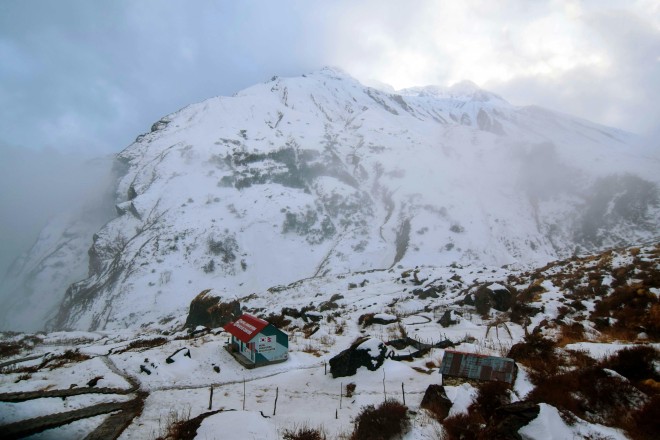
Discover the breathtaking beauty of snow-covered landscapes. The serene, pristine snow blanketing the mountains creates an enchanting winter wonderland, offering a peaceful and awe-inspiring view. Perfect for nature lovers and winter enthusiasts.
Annapurna IV Climbing Route
The climbing route to Annapurna IV is both exhilarating and demanding. Typically, climbers approach the ascent from the north side of the mountain, with base camps set up at strategic points along the way. It’s important for climbers to be prepared for the technical challenges of navigating steep ice and snow slopes, rocky terrain, and exposed ridges.
Before heading to Annapurna IV Base Camp at 4,800 meters, it’s advisable to spend at least a day acclimatizing at Manang Village, which sits at 3,519 meters. This helps the body adjust to the higher altitude and improves the chances of a successful climb.
The ascent involves passing through three additional camps, each located at key points to aid in acclimatization and rest. Climbers should be ready to handle varying weather conditions and the possibility of deep snow, especially if climbing during the spring. Sherpas will assist with fixing ropes and guiding the route, ensuring a safer and more manageable climb.
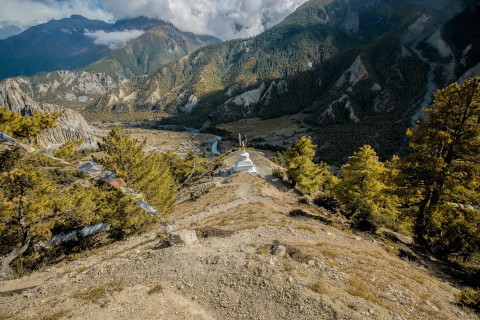
A serene stupa nestled in the middle of a hill, offering a peaceful view. This tranquil spot is perfect for reflection, surrounded by natural beauty.
Annapurna IV Permits and Visa
To visit the Annapurna region, you must first enter Nepal. Most foreign visitors, except Indian nationals, need a visa to enter the country. You can obtain a visa upon arrival at Tribhuvan International Airport in Kathmandu or at immigration points along Nepal’s borders. For a tourist visa, ensure you have a passport valid for at least six months, a recent passport-size photo, and the necessary visa fee. Currently, the fee for a 30-day visa is USD 50, although this may vary depending on the length of your stay.
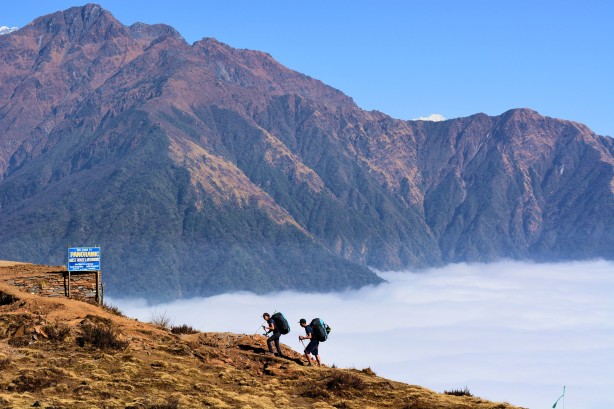
Discover the breathtaking trekking trails of Annapurna, offering stunning mountain views and diverse landscapes. From lush greenery to snow-capped peaks, this trail provides a rewarding adventure for trekkers of all levels.
Annapurna Conservation Area Permit (ACAP)
To trek in the Annapurna region, you need an Annapurna Conservation Area Permit (ACAP). This permit is required for everyone entering the Annapurna Conservation Area (ACA), which is one of Nepal's largest and most diverse conservation areas. The ACA features various landscapes, including forests, rivers, and high-altitude terrains.
The fees collected from the ACAP support conservation projects and promote sustainable tourism in the region. You can obtain the ACAP at entrance checkpoints along the trekking routes or from the Nepal Tourism Board offices in Kathmandu or Pokhara.
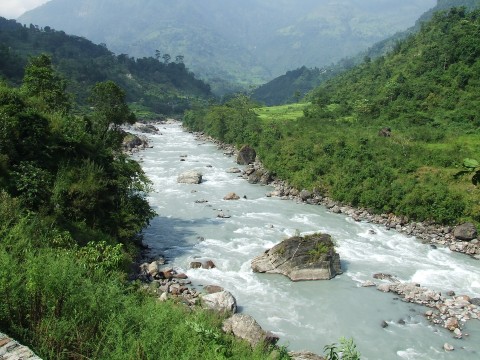
Explore the serene beauty of rivers flowing through green landscapes and hills. This picturesque setting offers a peaceful escape into nature, perfect for relaxation and exploration.
Trekkers' Information Management System (TIMS) Card
The Trekkers' Information Management System (TIMS) card is also necessary for trekking in the Annapurna region. This card helps track trekkers and ensures their safety by providing crucial information to local authorities in case of emergencies. You can acquire the TIMS card from the Nepal Tourism Board offices in Kathmandu or Pokhara, or through authorized trekking agencies.
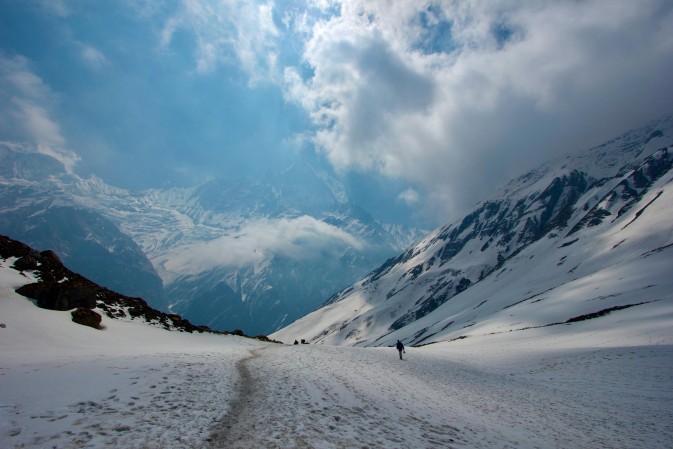
Embark on a thrilling trek through snowy trails, surrounded by towering mountain peaks. Experience the beauty and challenge of the rugged terrain as you navigate through pristine snow-covered landscapes.
Conclusion
In summary, Annapurna IV represents a remarkable destination for adventure and exploration in the Himalayas. Its stunning beauty, demanding terrain, and storied past make it a compelling choice for those seeking a mountain challenge.
For both seasoned mountaineers and those new to climbing, Annapurna IV provides a memorable journey, offering incredible moments and unique experiences among the towering peaks of Nepal.
Popular Packages of Annapurna Region
Recent Blog Posts
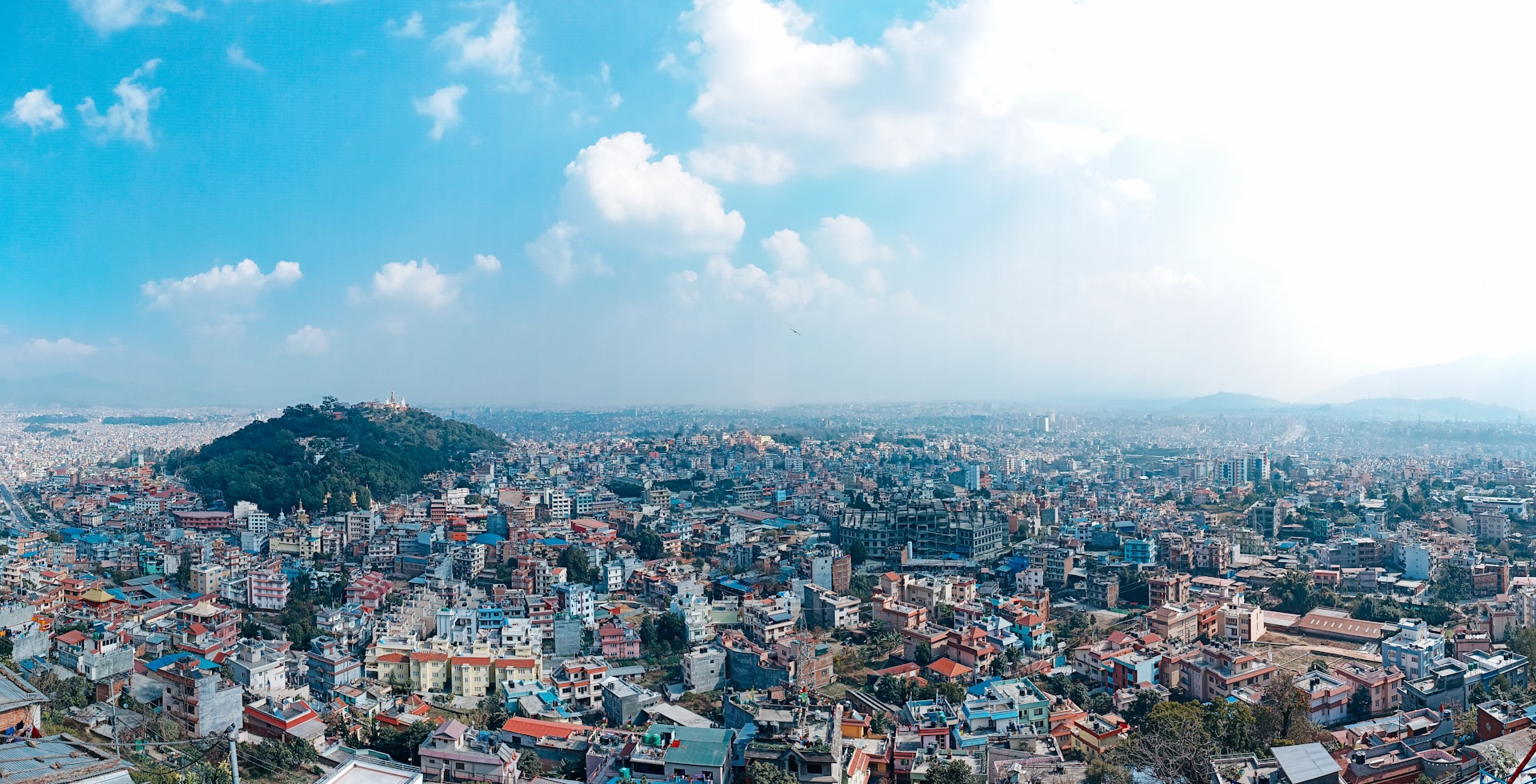
Kathmandu Valley: Exploring the Capital of Nepal
Jun 15, 2025
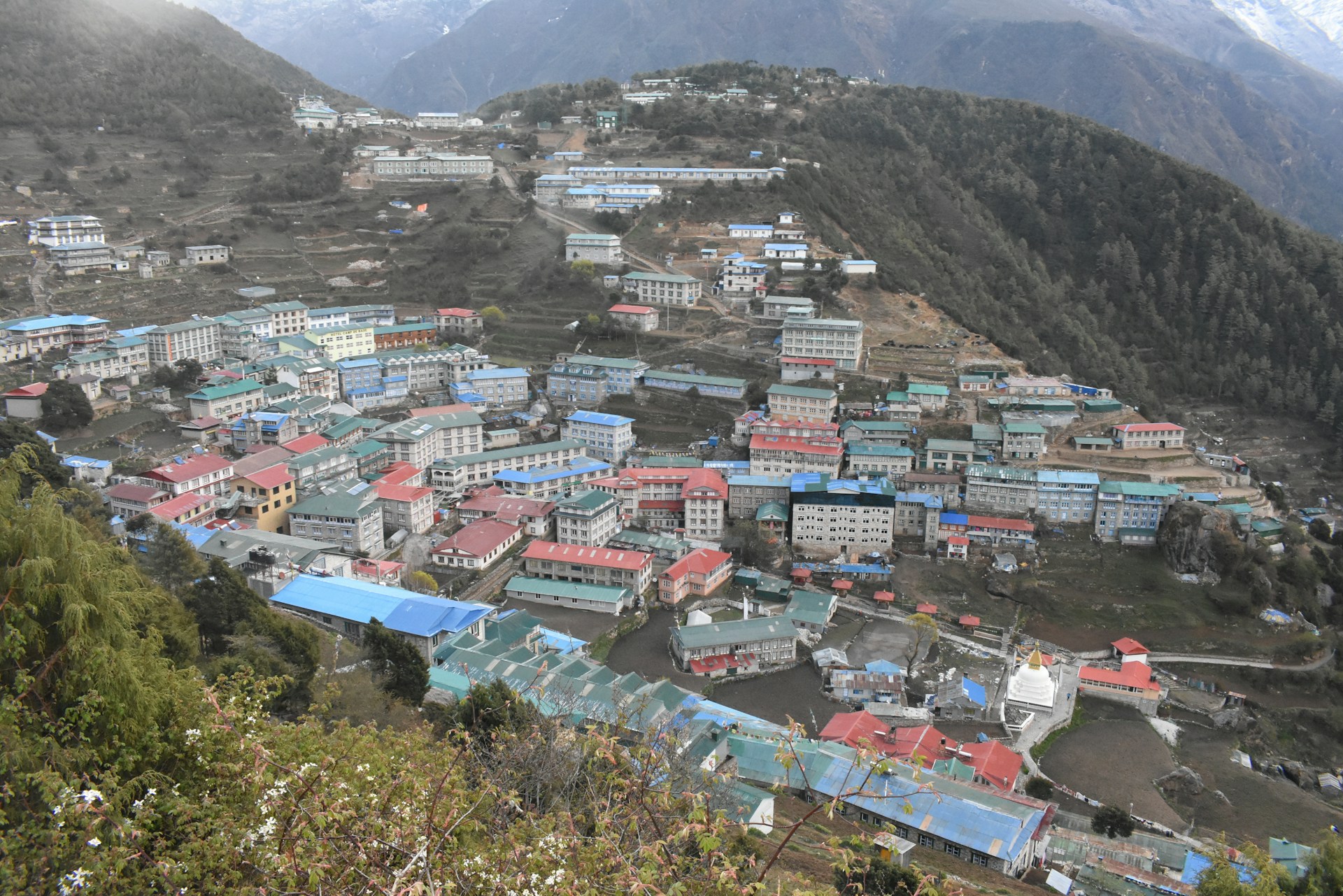
Namche Bazaar: What to Expect in the Sherpa Capital
May 20, 2025
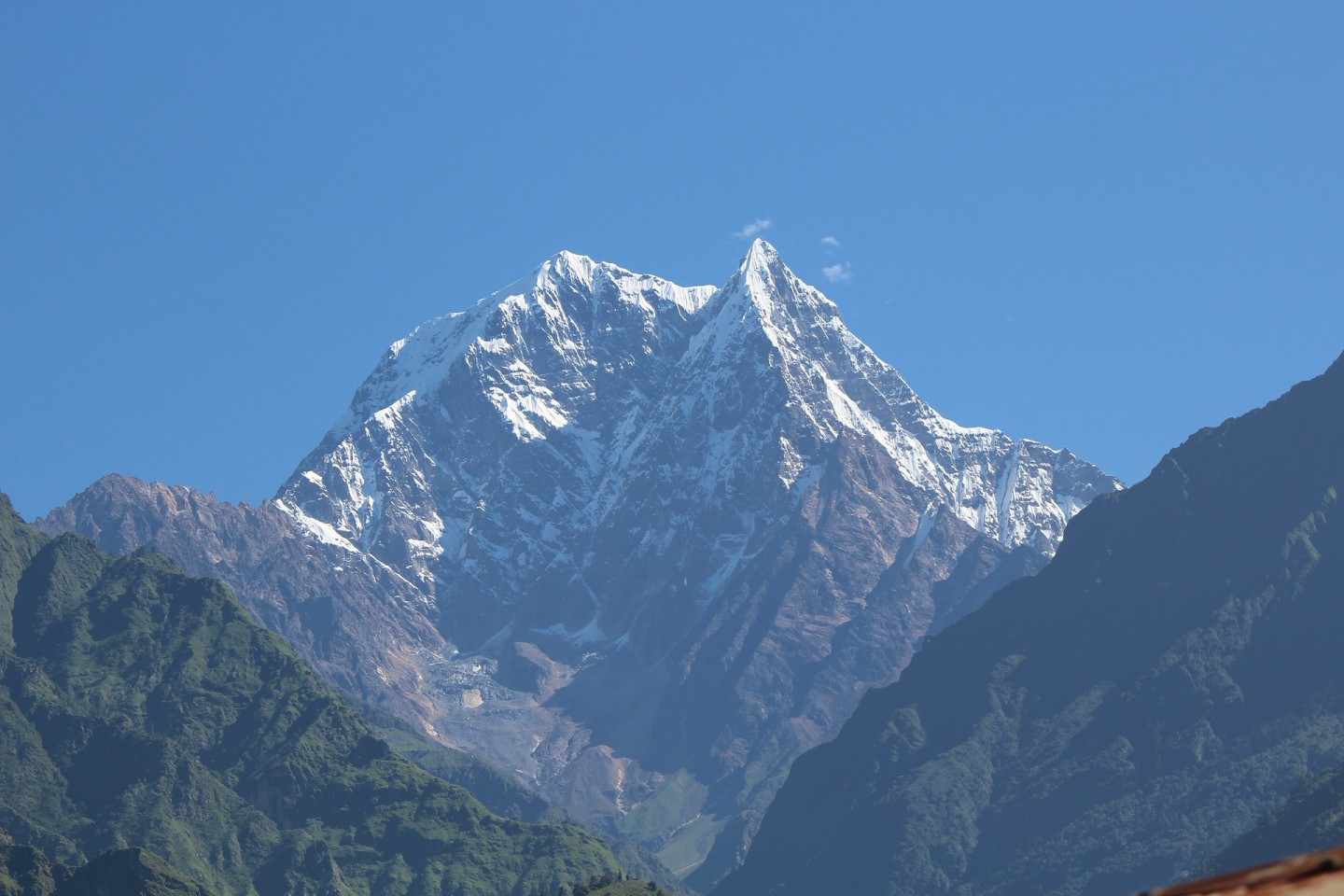
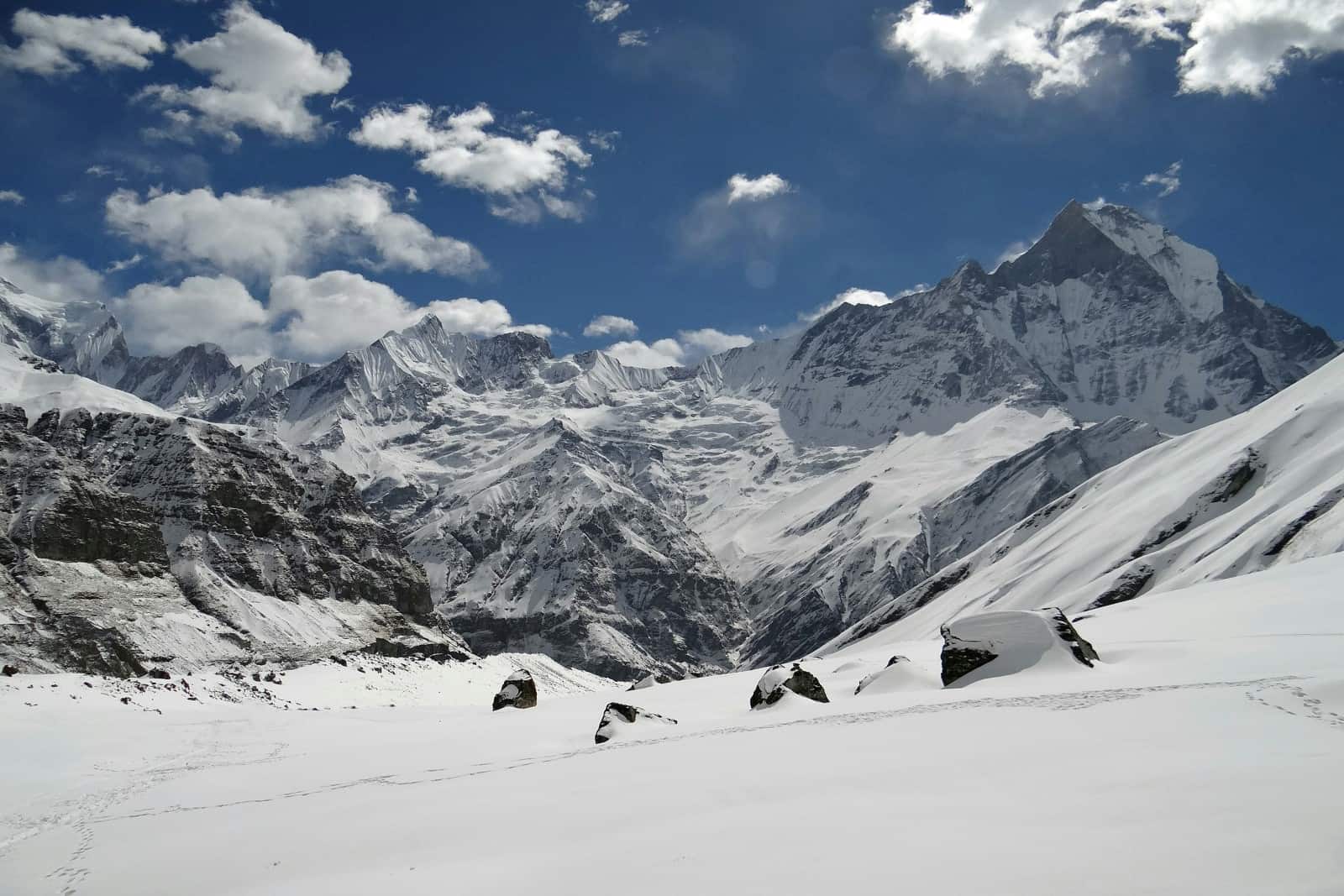

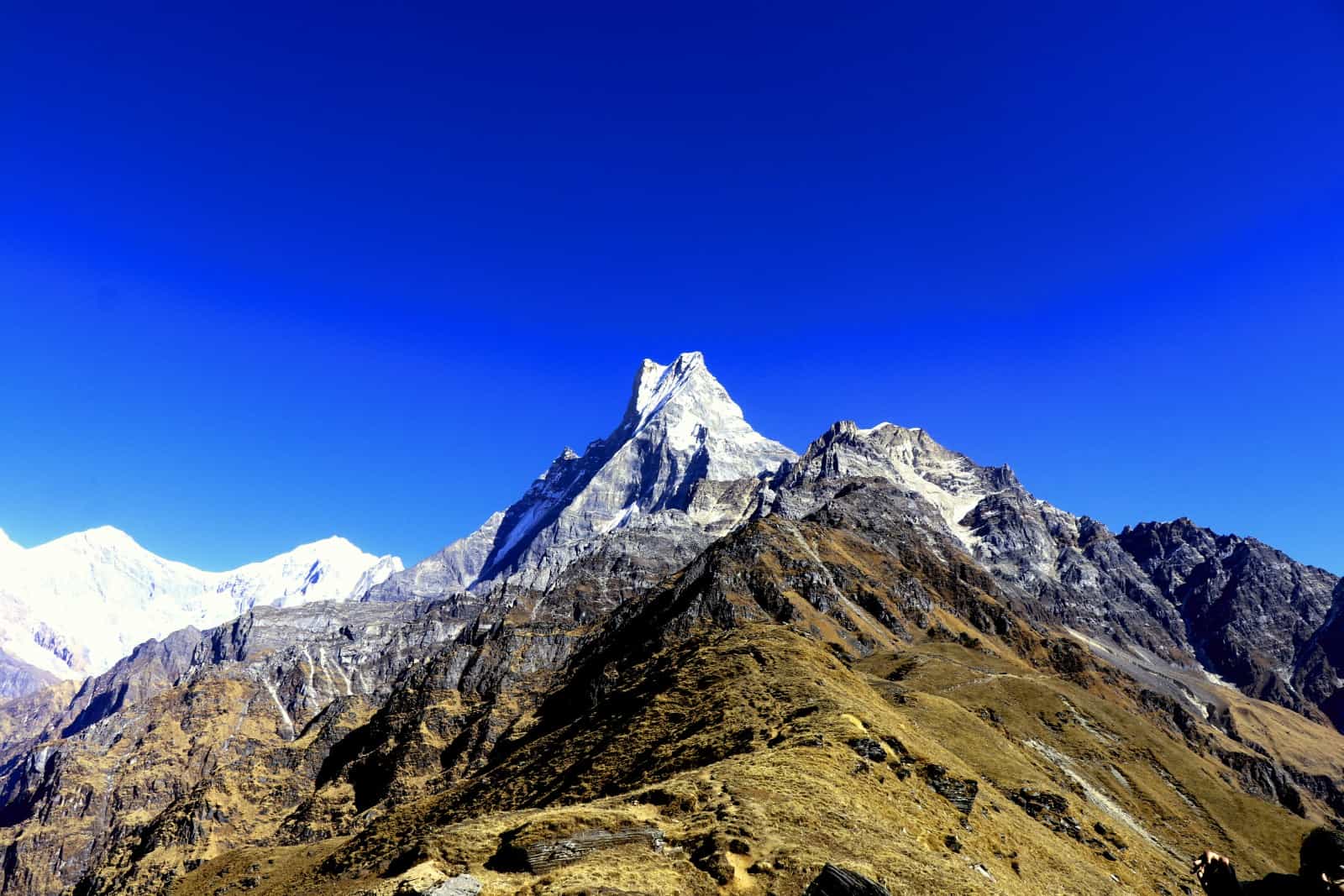
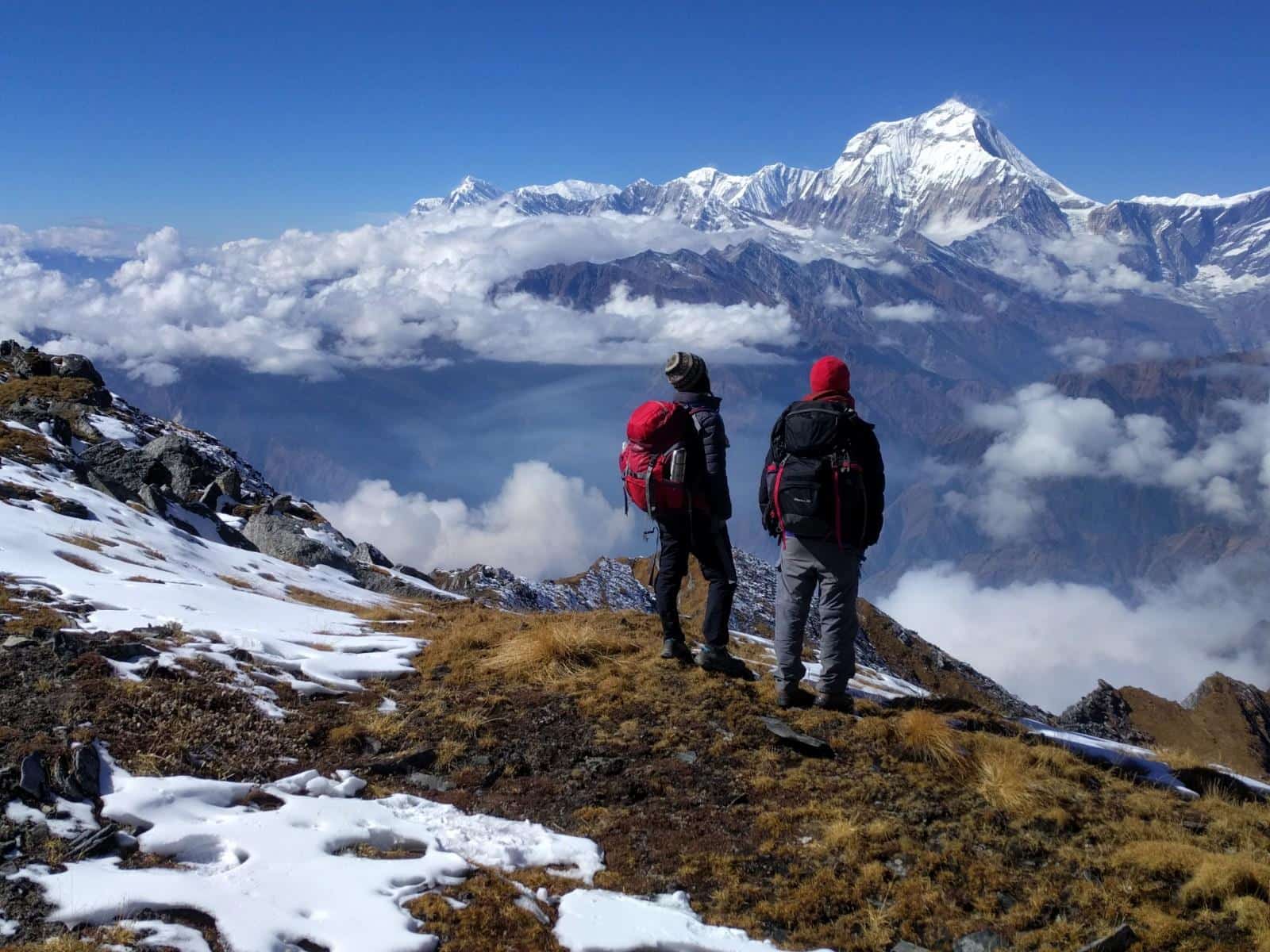
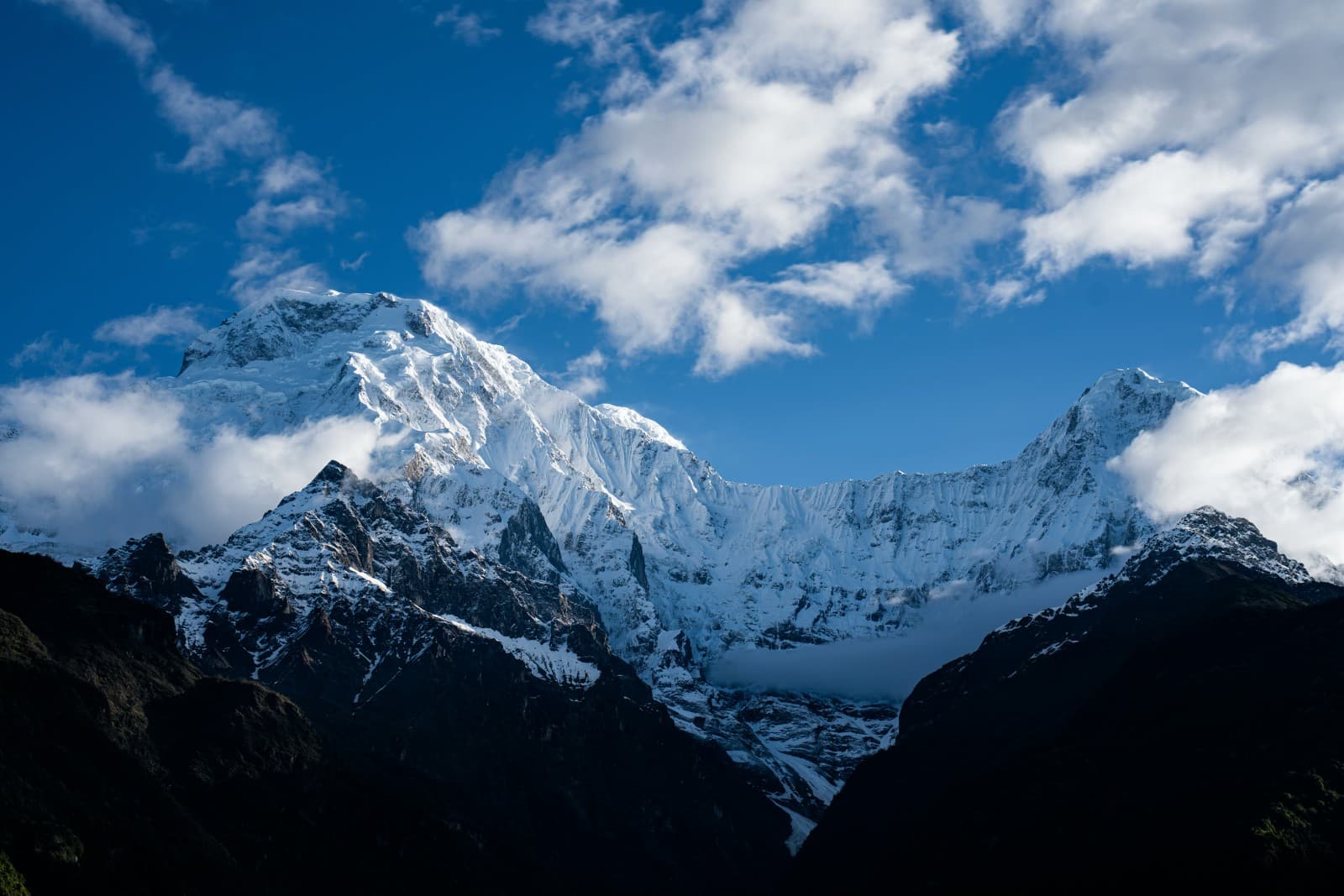
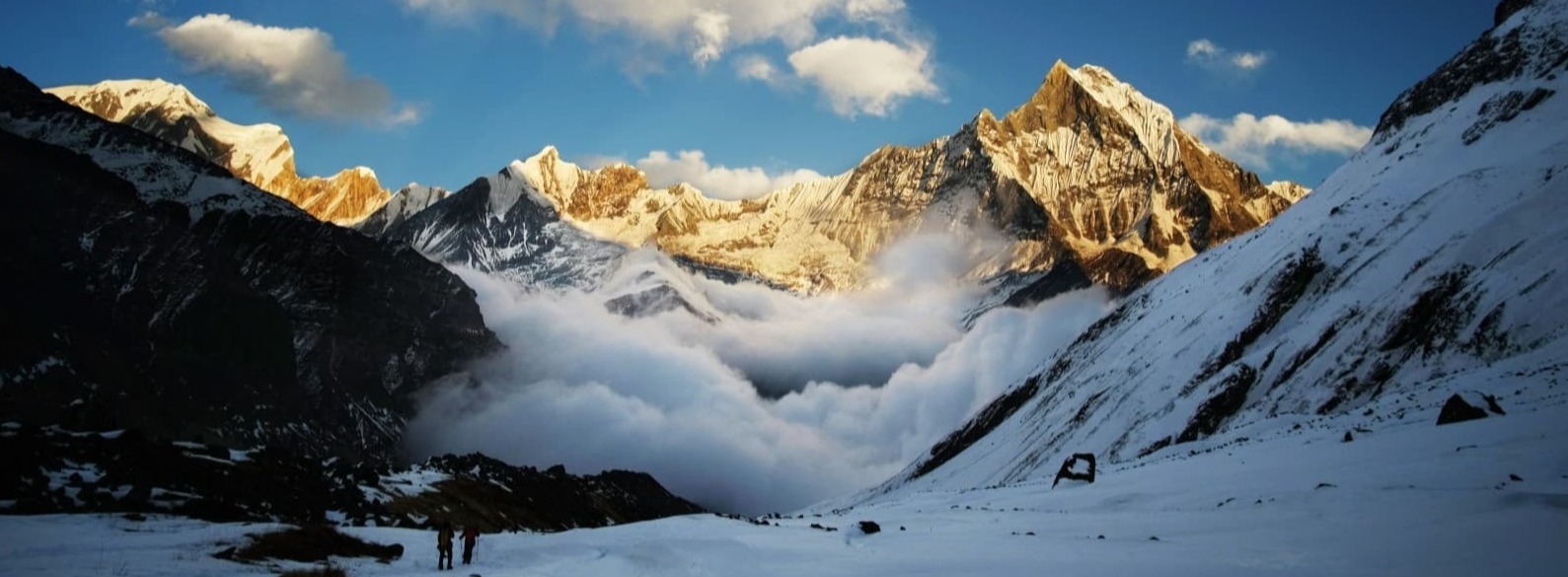
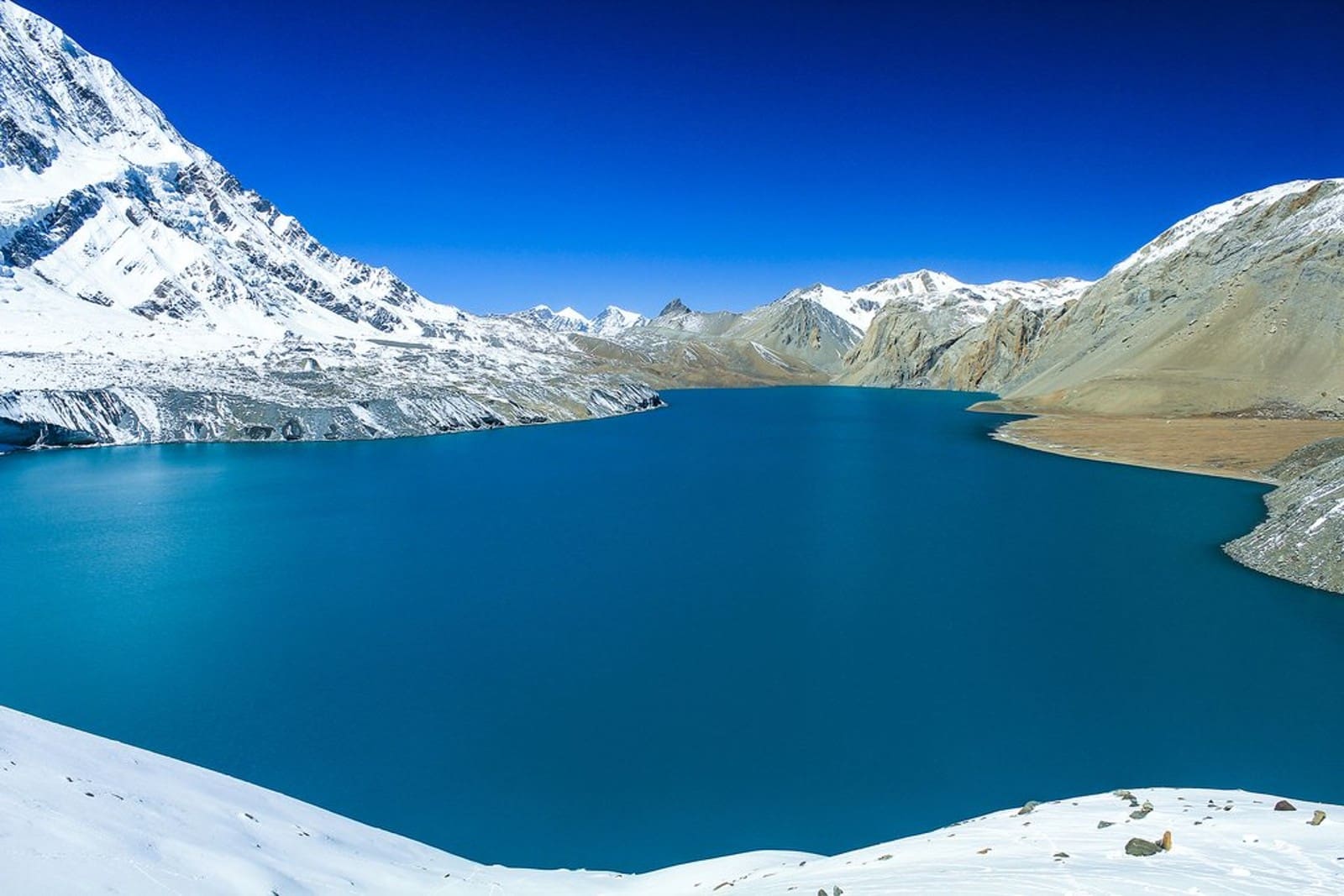
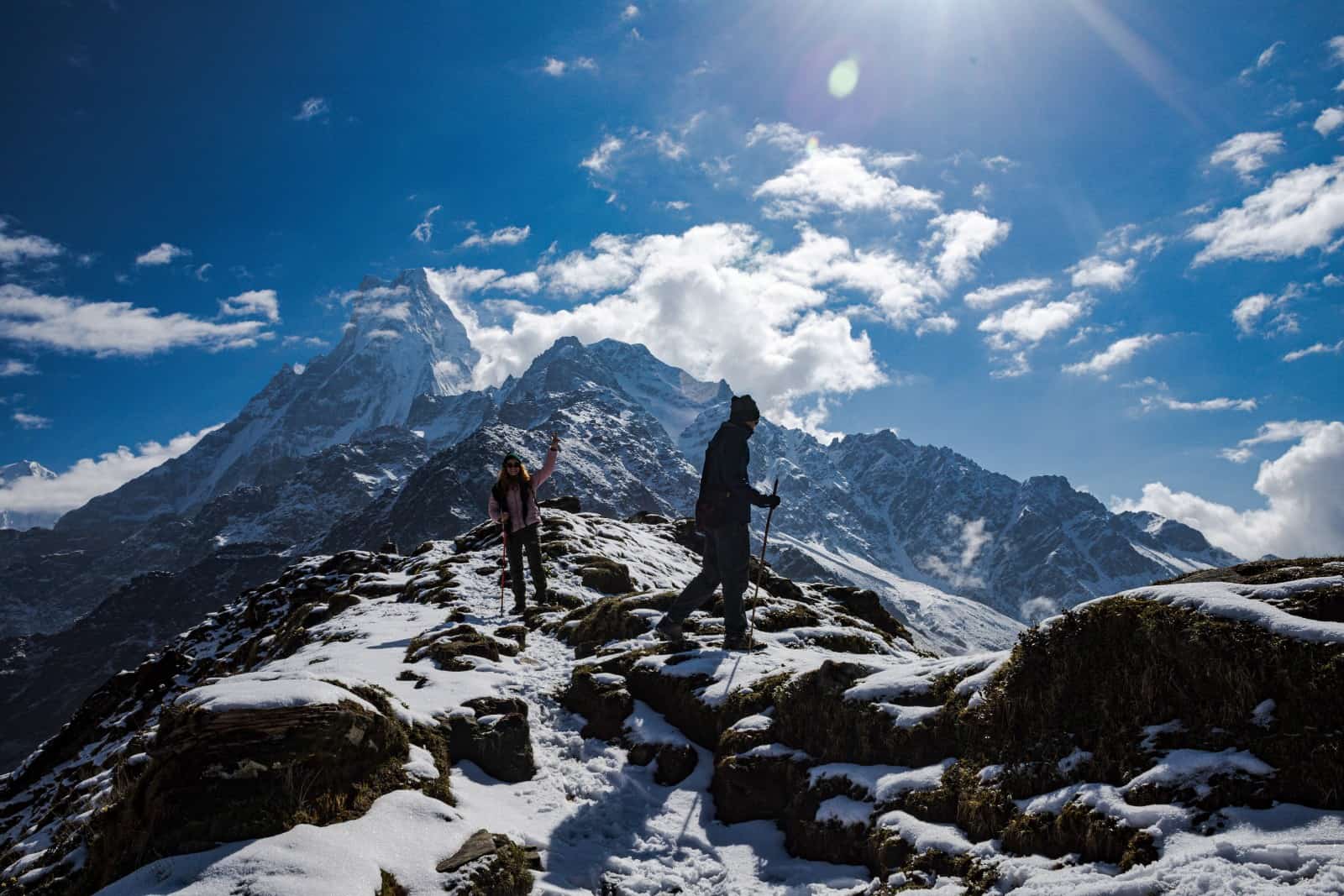
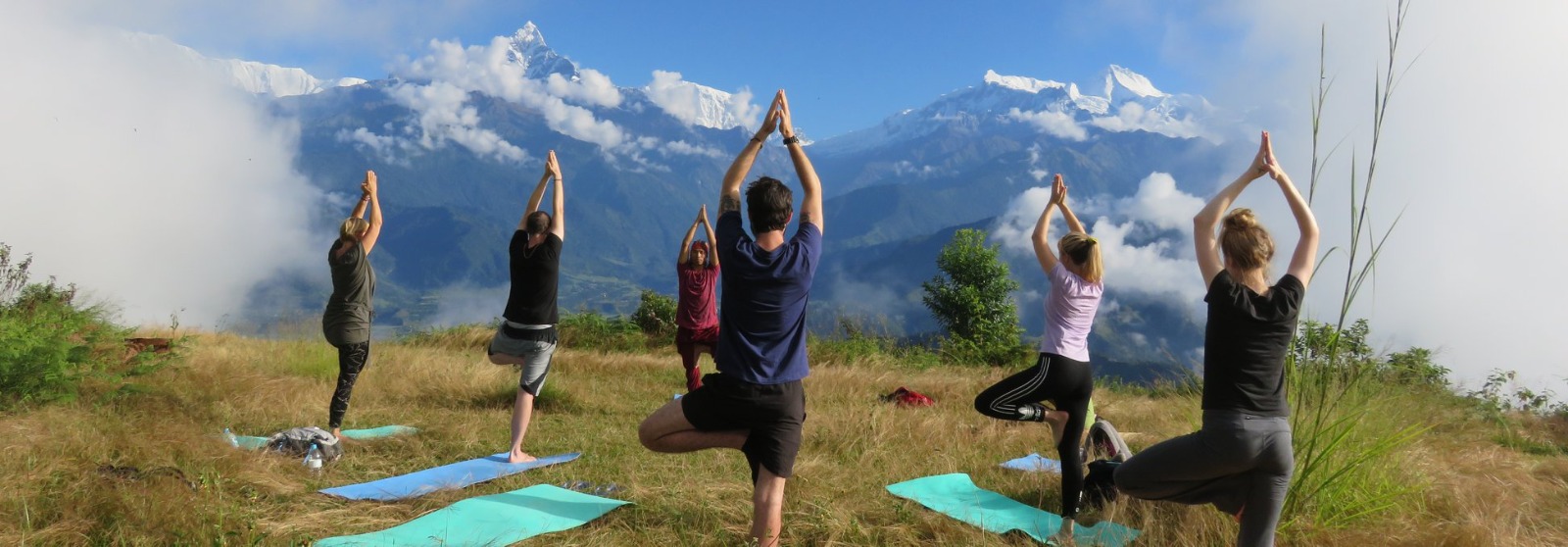
.jpg)

